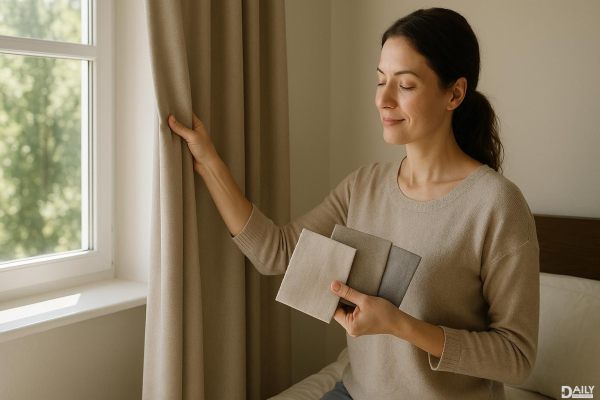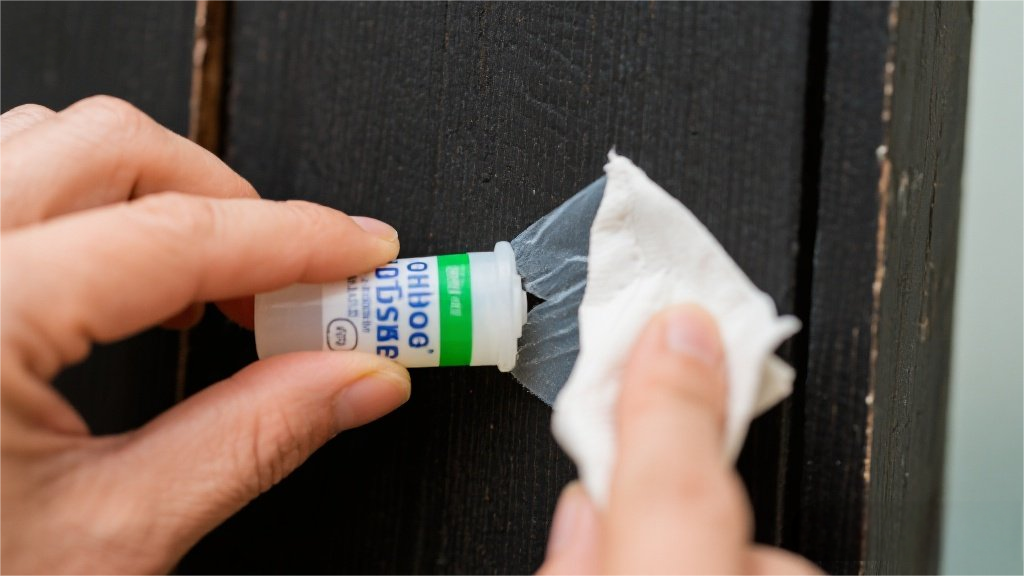When it comes to blackout curtains, the material you choose can make or break your sleep sanctuary. Whether you're a night-shift worker, a light-sensitive sleeper, or just someone who loves a pitch-black room for binge-watching Netflix, picking the right blackout curtain material is key. The best materials block light effectively, insulate your space, and even reduce noise. But with so many options out there, how do you know which one’s the real deal? Let’s break it down so you can make an informed choice without losing your mind.

Not all blackout curtains are created equal. The material plays a huge role in how well they block light, insulate your room, and even how long they last. Some materials are better at blocking light but might feel heavy or stiff, while others are lightweight but less effective at keeping your room dark. The trick is to find a balance between functionality and aesthetics. After all, you don’t want your curtains to look like they belong in a dorm room from the ‘90s.
Here’s the lowdown on the most popular blackout curtain materials and what makes them stand out:
Polyester is the MVP of blackout curtain materials. It’s affordable, durable, and does a solid job of blocking light. Plus, it’s easy to clean—just toss it in the washing machine, and you’re good to go. Polyester curtains often come with a blackout lining, which adds an extra layer of light-blocking power. The downside? It’s not the most breathable material, so it might trap heat in your room.
If you’re going for a more upscale vibe, velvet is your best bet. This material is thick, plush, and does an excellent job of blocking light and sound. It’s also great for insulation, keeping your room warm in the winter and cool in the summer. However, velvet curtains can be heavy and require more maintenance. Dry cleaning is usually recommended, so keep that in mind if you’re not into high-maintenance fabrics.
For those who prefer natural materials, cotton is a great option. It’s breathable, eco-friendly, and has a soft, inviting texture. While cotton curtains might not block light as effectively as polyester or velvet, they often come with a blackout lining to amp up their light-blocking capabilities. The downside? Cotton can wrinkle easily and might fade over time if exposed to direct sunlight.
Thermal blackout curtains are designed to insulate your room, making them perfect for energy-conscious folks. These curtains are typically made from a blend of polyester and cotton, with a special thermal lining that helps regulate temperature. They’re great for blocking light and reducing noise, but they can be a bit heavier than other materials. If you’re looking to cut down on your energy bills, this is the way to go.
Now that you know the materials, how do you choose the right one for your room? Here are some factors to consider:
If you’re super sensitive to light, go for materials like velvet or thermal fabric, which offer maximum light-blocking power. For moderate light blocking, polyester or lined cotton should do the trick.
Think about how you use the room. For a bedroom, you’ll want curtains that block light and noise effectively. In a living room, you might prioritize aesthetics and insulation over total blackout capabilities.
Consider how much effort you’re willing to put into maintaining your curtains. Polyester is low-maintenance, while velvet might require more care. If you have kids or pets, durability should be a top priority.
Your curtains should complement your room’s decor. Velvet adds a touch of luxury, while cotton gives off a more casual, natural vibe. Don’t forget to consider color and pattern—these can make a big difference in the overall look of your space.
Even the best blackout curtains won’t do their job if they’re not installed or used correctly. Here are some tips to get the most out of your curtains:
Make sure your curtains are wide enough to cover the entire window and long enough to reach the floor or slightly puddle on it. This prevents light from sneaking in through the sides or bottom.
Curtain rods with returns (the part that curves toward the wall) help block light from the sides of the window. This is especially useful if you’re dealing with a lot of natural light.
For ultimate light blocking, consider layering your blackout curtains with sheer curtains or blinds. This adds an extra barrier against light and gives you more control over the room’s ambiance.
If light is still creeping in, use magnetic or adhesive strips to seal the gaps between the curtains and the wall. This is a game-changer for light-sensitive sleepers.
Choosing the right blackout curtain material doesn’t have to be a headache. By considering your needs, preferences, and room functionality, you can find the perfect curtains to transform your space into a cozy, light-free haven. Whether you go for the affordability of polyester, the luxury of velvet, or the eco-friendliness of cotton, the right choice will make all the difference. So go ahead, block that light, and enjoy your perfect sleep or binge-watching session in style.
























